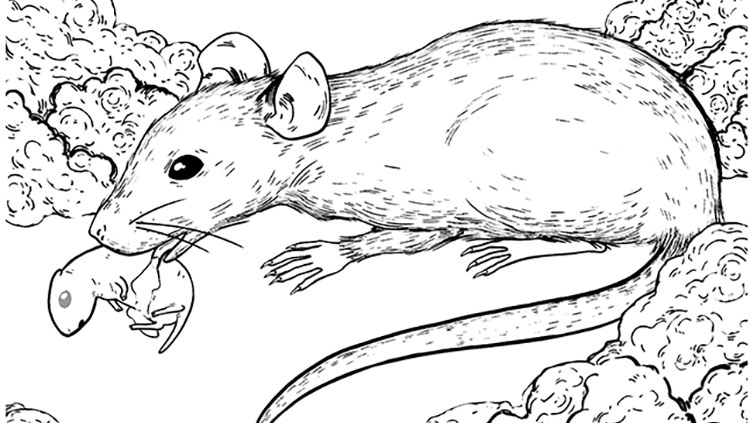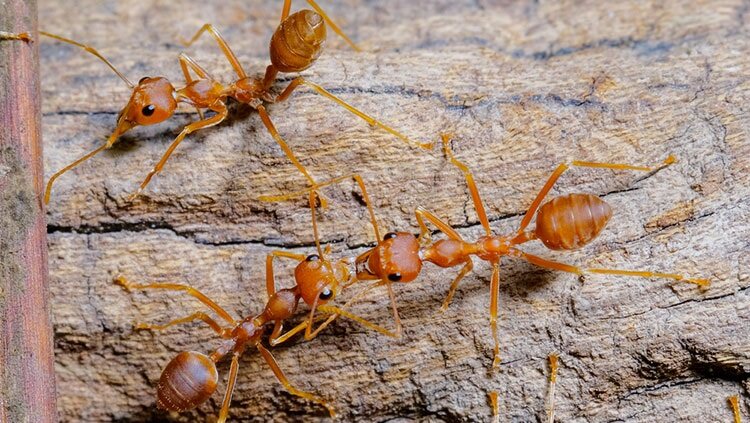The Fuzzy Super-Vision of the Honeybee
- Published23 Jun 2020
- Author Charlie Wood
- Source BrainFacts/SfN
When honeybees buzz about, they see a more colorful yet blurrier world than we see. Our eyes each form one lens that uses a densely packed sheet with millions of seeing cells facing the same way. But bee eyes like this one have thousands of hexagonal prisms, each facing in a slightly different direction. This construction stops bees from spotting tiny objects. While a person could spot a penny from several meters away, a bee wouldn’t notice it until it was an arm’s length away.
But the shortsighted insects see an unimaginably vibrant world. While we both have three types of receptors for detecting colors, the bee’s three varieties of “cone cells” spread out to better cover the rainbow. Perfect for them: flowers have evolved to catch a bee’s eye. While bees can’t detect red, their color vision stretches into the ultraviolet. Seen through an ultraviolet camera, the middle of a dandelion appears dark to the bee’s eye while the fringes show up as a lighter shade, which corresponds to a color that researchers call “bee-purple.”
CONTENT PROVIDED BY
BrainFacts/SfN
References
Also In Animals in Research
Trending
Popular articles on BrainFacts.org



















